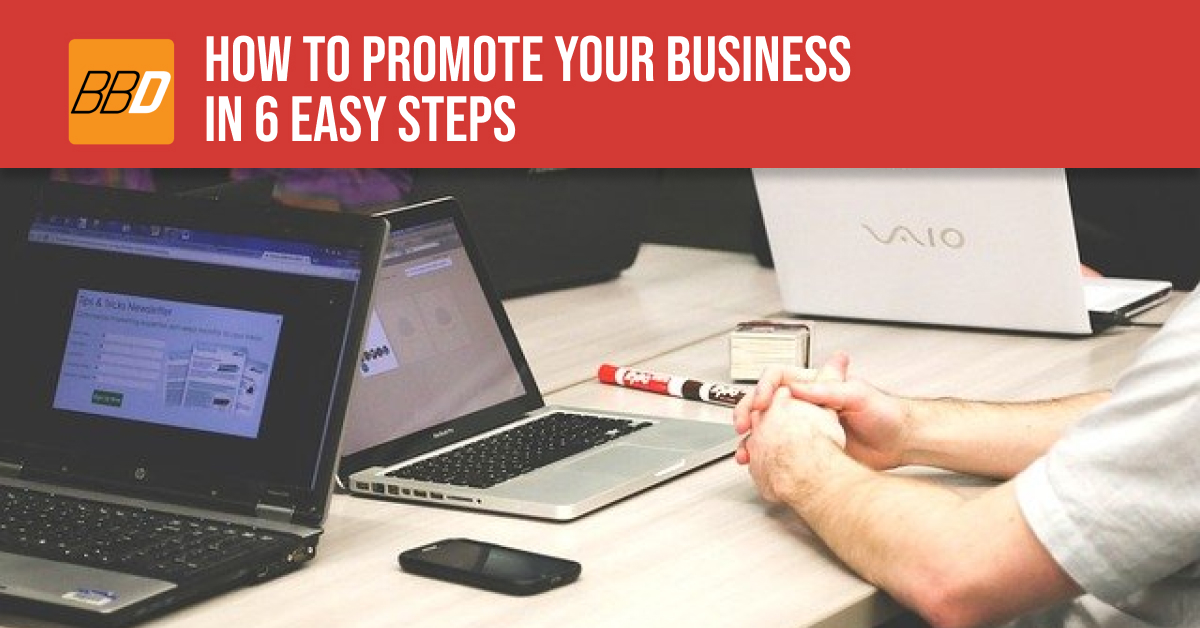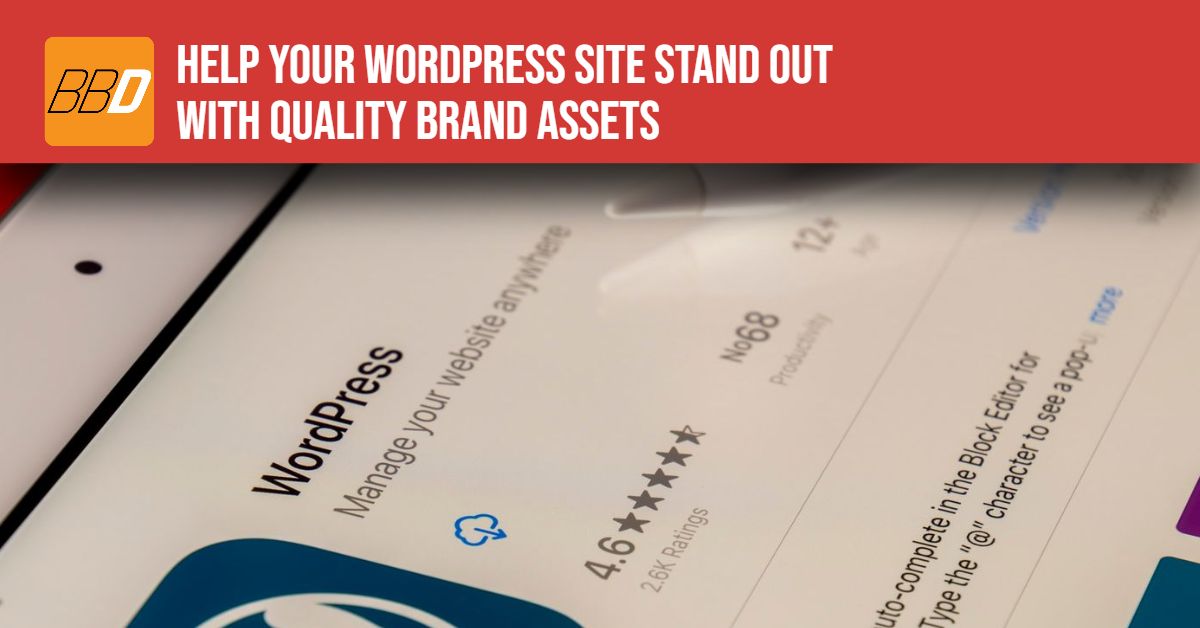Site owners who want to increase sales need to start considering conversion rate optimization and other optimization methods. Indeed, everyone has already heard of terms such as image optimization, search engine optimization, and other ways to speed up a website and make it more visible to the online audience. But CRO or conversion rate optimization is a different kind of ballgame—and one that could dramatically transform the way your website generates leads and conversions for your business.
Increasing your conversion rate and sales means employing different tactics that apply to your website’s other areas. You want better or more engaging landing pages to decrease bounce rate. It would be best to look into marketing campaigns that specialize in bringing better, more qualified traffic. The whole user experience in your website revolves around increasing sales. But in the quest to increase conversions, to truly maximize your capability to convert, you need to check if you’re doing things the right way via a CRO guide.

Maximum Sales: What is Conversion Rate Optimization?
Simply put, CRO refers to the methods used to increase the percentage of users who pass through the sales funnel as you wanted them to on your eCommerce website. The actions they perform throughout the funnel could be just about every step of the way:
- Adding an item to the cart
- Signing up for a service or a subscription
- Purchasing from your online shop
But that’s how it’s defined from the company point of view.
If you want to look at the user-oriented definition of it, CRO refers to looking at your audience and your leads and trying to understand what drives and persuades them to perform the action you want them to do. To this end, CRO would have a lot to do with excellent user experience, which would improve conversions. Paying attention to what gives your site users a significant experience matters because:
- It allows your company to look at your campaigns and see what stops users from making a purchase. What do they not like, and what makes them leave?
- Companies can better assess and define what drives users to their sites (pain points, motivations, solutions, etc.)
- What keeps them coming back? What hooks them in and keeps them on your site?
Through this approach to CRO, companies aren’t just able to fine-tune their websites and campaigns for a better user experience—they’re able to sustain an excellent long-term experience for their users by systematically improving what works and removing what doesn’t.
CRO considerations (and benefits) encompass the entirety of a website as well, not just product or content pages.
- Homepages are a prime spot to develop CRO tactics. As the website’s first page, your customers are going to land in. It needs to have great hooks and maintain a visitor’s attention for as long as possible. Retention is the name of the game.
- Blogs are another great area to employ your CRO methods. Not only will blogs be excellent in providing customers with relevant, timely information, but it’s a way to compel and convince your audience that they need what you’re selling them.
- Product and pricing pages are a significant CRO point as well. Many website visitors look at the item’s price immediately, and if it doesn’t suit them, they will leave the page. Modifying the prices, showing promo rates, and other methods are all part of the CRO techniques employed to keep customers interested or make them consider making a purchase.
One of CRO’s most significant benefits for businesses, especially ones that deal in eCommerce, is the production of qualified leads. Through CRO techniques, the number of visitors that transform into capable, interested leads increases. If a business website typically makes 50 conversions every month, employing better CRO practices could double or triple this number. A percentage of these conversions will also come from returning customers who have had a great experience on your website and wish to do business again. It builds trust and loyalty among your customer base.
Furthermore, the number of new customers will also increase. By optimizing your existing traffic and converting them into more qualified leads, the number of new customers grows in proportion to it. If maintained monthly, the number of conversions every month will continue to grow, meeting your lead and sales goals even as you increase them.
Remember: sometimes, it’s not just about generating traffic. Conversion rate optimization isn’t strictly about growing the number of people that come to your site—there are many other ways to do that. CRO focuses more on making sure that the traffic that is coming to your website are from those who will close a sale, make a purchase, or sign up.

Trust the Process: Strategies and Designs for Conversion Rate Optimization
To transform your traffic into qualified leads, consider the following tactics and design changes for your website.
Add calls-to-action right in the blogs.
One of the most popular tricks that many blogs use is to add a call-to-action at the end of a post. However, many visitors fall victim to “banner blindness,” where their gaze and attention automatically skip the headers and footers. Some of them don’t even read to the end of a blog—they just scan the page for the information they need and move on. But by adding a call-to-action in text form right in the middle of your content, such as a standalone line that leads to a landing page, you can dramatically increase the number of visitors to your landing page.
Don’t be afraid to use images.
As they say, a picture is worth a thousand words. And in the context of conversion rate optimization, vibrant, engaging images are always better than text blocks. The use of hero images (large web banners) or pictures that involve people and products will catch the visitor’s eye and make them pay more attention. It allows them to experience some empathy and relatability.
If you’re worried about having too many images on the site, causing slower loading times and lag, optimizing them (using compression methods with as little loss of quality as possible) will solve that problem.
Be clever with your typography.
Of course, the copy of a site still matters. A picture won’t be enough for customers to get the full grasp of a concept, a product, or the information your business wants to convey. But through the use of attractive typography (the art of arranging text into an aesthetically pleasing manner), you not only catch their eye and interest, but you have more opportunity to get your message across.
The right combination of fonts can make all the difference for conversion rate optimization, especially in your website design. For example, if you’re presenting a paragraph of text, you are highly recommended to skip all the “script” type fonts. No one is going to struggle through reading that. Stick with the sans-serifs for easier reading.

Give them promo codes and coupon codes.
The audience loves getting discounts or even the idea that they could get more for less. As mentioned in the previous section, price points can be a sensitive matter for your visitors. If they don’t see a product in the price range they like, they will simply leave.
But with conversion rate optimization in mind, giving them plenty of promo codes (in hero banners or images) or coupon codes that they can “collect” and click on gives your audience the enjoyment of applying a discount. It keeps them interested and makes them more likely to make a purchase.

Free shipping is your best friend.
In conjunction with the previous point, free shipping is the single most potent “promo” you can employ. It’s one of the most in-demand shopping perks among customers, having grown accustomed to such promos from giant shopping hubs such as Amazon. Even if the products are at full price, customers are far more likely to purchase if they see that shipping is free.
Are you worried about shouldering the costs? This is where psychological tactics come into play. Slightly increasing product prices to cover the shipping costs, for example, while offering “free shipping” works just fine as consumers are always attracted to the idea of getting something for free.

Utilize the power of color theory.
Using color can be incredibly powerful, and with CRO design, you can even use it to direct your customers’ attention. The use of contrasting colors allows you to emphasize CTAs, banners, promo codes, and more. It ensures that your customer pays attention to these critical items.
You can also use color theory to test what colors elicit the best reactions to your CTAs. Remember that different colors trigger different emotions in the onlooker. Knowing the type of emotion that you want to draw out of your viewer is critical.
Give them space with whitespace.
The last thing you want to do is to make your customer feel smothered. It’s not any different from the repellent effect of the “hard sell,” which is fatal in the context of CRO. Customers who open your site only to see a crowd of images, sections, and text all crammed together will get a visual overload and are likely to leave your site immediately.
This is why using your whitespace is essential—not only does it lend an elegant, sophisticated appearance to your site, but it allows a customer’s attention to be drawn to the significant areas that you want them to see. It also makes sure it’s easy to navigate your site and customers can get to what they want.
Design with the rule of thirds in mind.
It’s not just photographers who benefit from the rule of thirds. The website design should follow the same visual guidelines. Concerning the previous point, the rule of thirds allows the customers to properly focus on the critical features and facts on your webpage.
With CRO in mind, look at your design with a grid that separates it to thirds crosswise and lengthwise. Carefully place your image, calls-to-action, action buttons, and text blurbs in this grid, and it provides you with a clean, neat layout that is easily digestible to the onlooker.
Keep it simple.
Above all else, you can’t go wrong with keeping your design minimalist and simple. Make sure that site navigation is easily found and simple to understand. Use language that your target audience relates to. Don’t use too many color variations in your themes. When you design a page for your site, always consider how much simpler you could make it. You can’t go wrong with making things less complicated for your customers and site visitors. It also becomes a lot easier for you to direct them to where you want them to go.
Final words
Conversion rate optimization’s goal is simple: getting your business more conversions. It’s not just about the traffic coming into your website—it’s about funneling that traffic down your sales process by keeping them interested, appealing to what is relevant to them, and getting them to make that purchase or signup. By keeping things simple, making things easier to digest, and directing their attention in the right ways, you can quickly see the difference in your conversion rates.
What other minor tweaks and changes has your business made to your website that has improved the conversions? What works for your customers, and what doesn’t? Let us know in the comments below.







